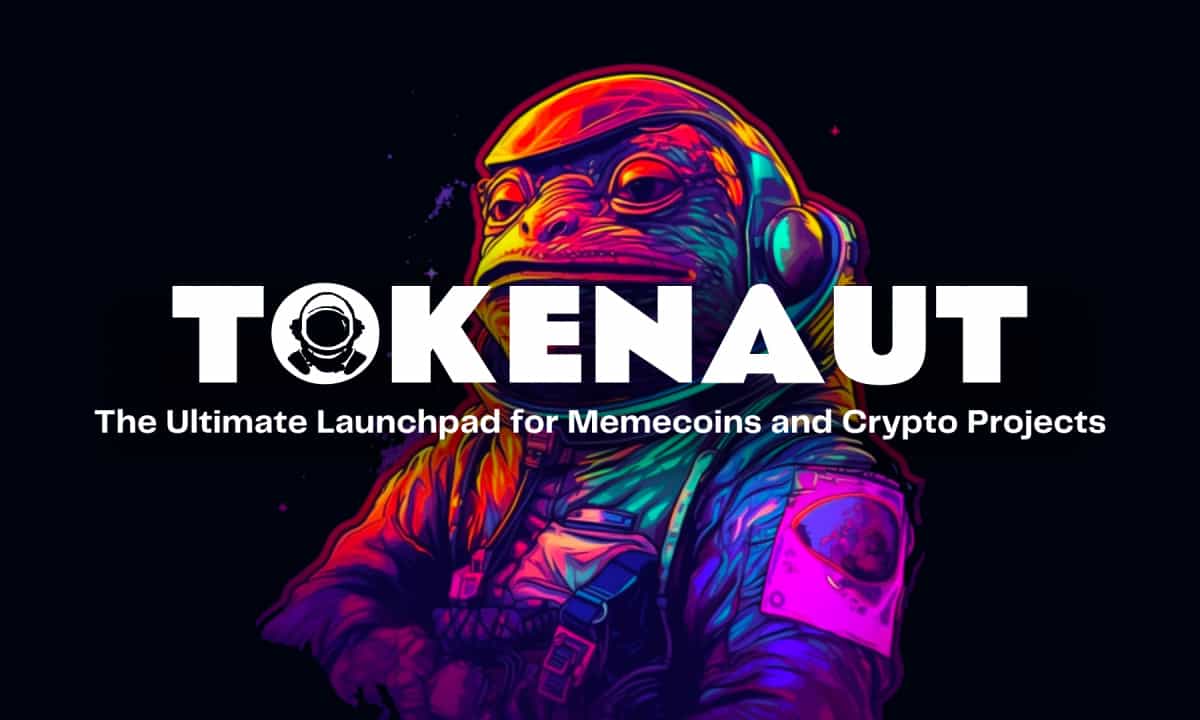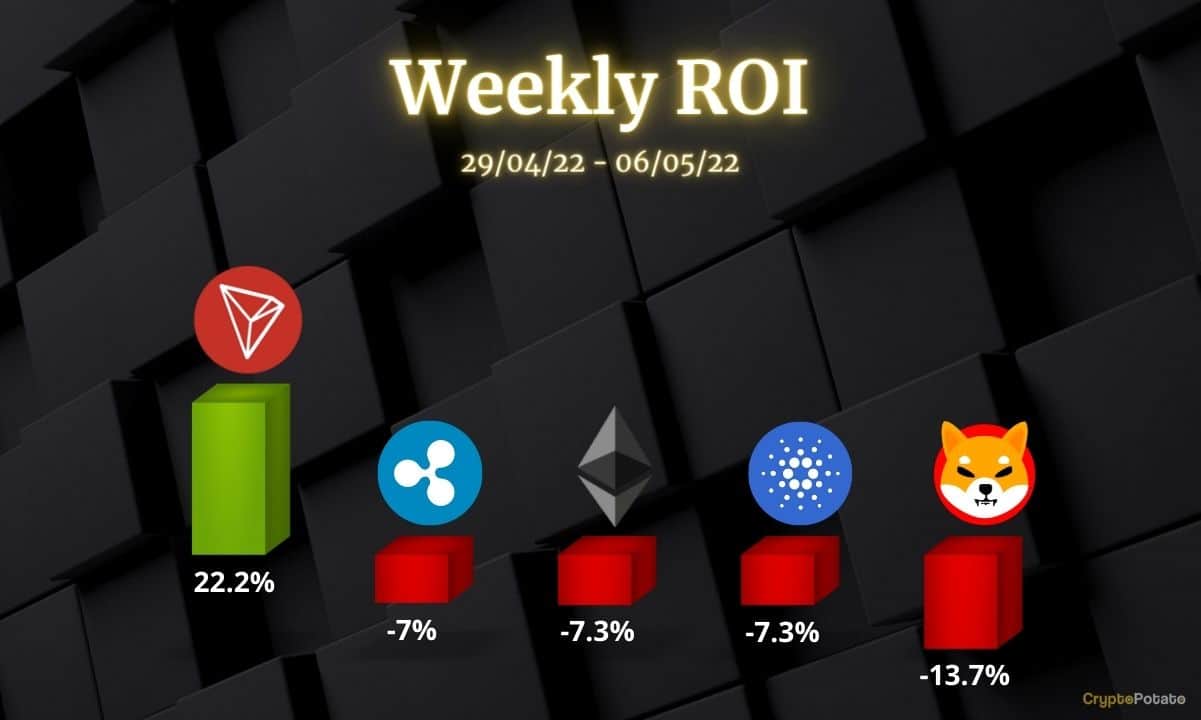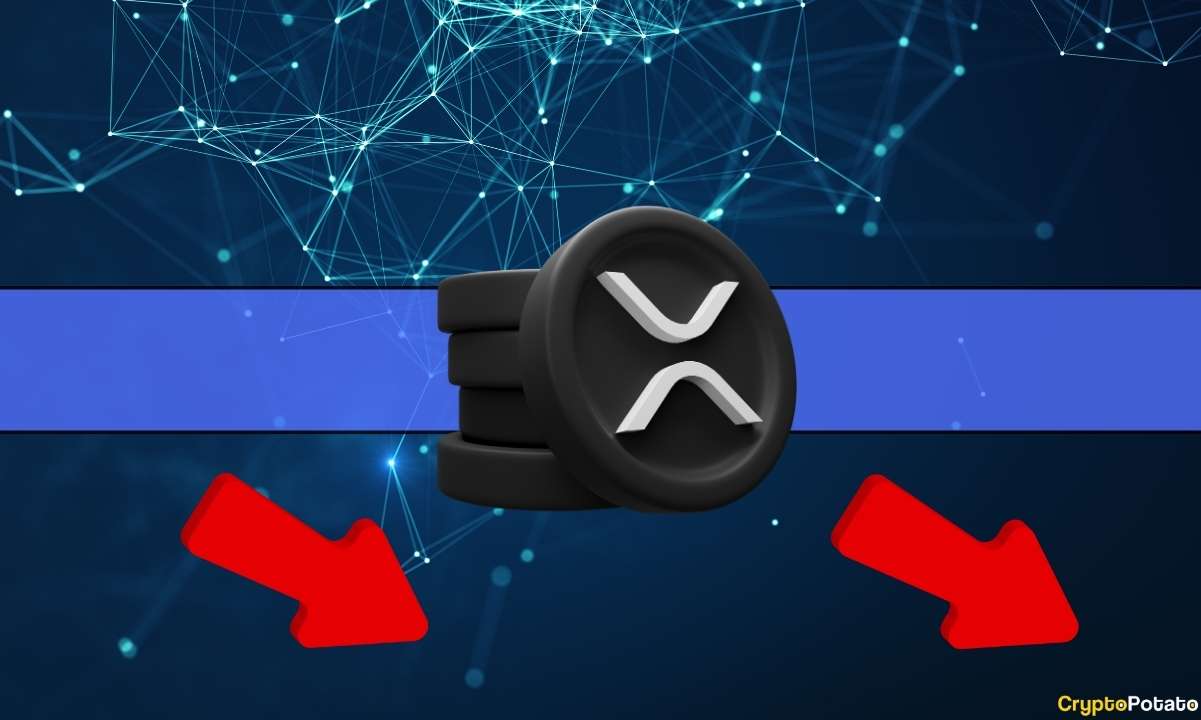Contango Conmigo: Why a Bitcoin Futures ETF Could Be a Bloody Ride

David Z. Morris is CoinDesk’s Chief Insights Columnist. He holds Bitcoin, Ethereum, Solana, and small amounts of other crypto assets.
Since at least 2013, when the Winklevoss twins first filed an application to create one, a bitcoin exchange-traded fund (ETF) has been the crypto industry’s white whale. An ETF would open bitcoin investment to a huge new array of players, from individual 401(k) users to major institutions, who can’t buy bitcoin directly for regulatory or compliance reasons. Yesterday, we finally got a bitcoin ETF … sort of.
This article is excerpted from The Node, CoinDesk’s daily roundup of the most pivotal stories in blockchain and crypto news. You can subscribe to get the full newsletter here.
The ProShares Bitcoin Strategy ETF (BITO) is now trading on the New York Stock Exchange, and ProShares execs even rang the opening bell. They did it under a banner celebrating the first “U.S. Bitcoin-Linked ETF,” and therein lies a teachable moment for careful investors: “linked” is the kind of word that’s as fungible as a good currency, able to step in and do the work of dozens of lesser, more specific words.
There’s huge irony to a futures ETF getting approved before a “real” bitcoin ETF. Regulators have broadly argued a futures ETF is less exposed to potential manipulation and custody risk in the bitcoin spot market – but the upshot could be massively missing gains for investors who buy the futures ETF instead of spot bitcoin.
The culprit is an issue known (for some reason) as “contango.” Investors in other commodities futures ETFs have been complaining about it for years, so we have a pretty good sense of how it works. I won’t get into the nitty-gritty here but the nut of it is that futures ETFs have to renew, or “roll,” their forward contracts regularly. If the longer futures price is higher than the expiring contract on the date of renewal, the fund loses that much basis. This loss is known as “contango bleed.” Here’s our deeper dive into contango risk, and an even deeper one from CenterPoint Securities.
(There is also an inverse phenomenon called “backwardation,” when the longer futures price is lower – but this seems less significant because it just gives futures ETF holders a small premium when the underlying commodity is already heading downward.)
These contango losses can be immense in conventional commodities, and may be truly gargantuan for bitcoin. In one snapshot noted by Motley Fool, a futures-based natural gas ETF stood to lose 1.5% on a single month’s roll. In larger markets, these spreads are often arbitraged out – professional traders can use them to make money and, in doing so, close the gaps. But as laid out by Bloomberg, crypto’s dominance by retail traders makes that arbitrage less robust. The current roll cost on BTC futures is a disemboweling 17%, according to Charlie Morris of ByteTree Asset Management. He expects the ETF to underperform spot longer term by 8.4% annually, before fees.
That sounds a lot like paying a jaguar good money to rip your face off. Tyrone Ross, a crypto-focused financial advisor, says retail investors should stay away from BITO.
Simeon Hyman, a strategist at ProShares, pushed back against Morris’s analysis yesterday on CoinDesk’s “All About Bitcoin’’. Hyman instead estimates an annualized 2.5% roll cost, and rightly points out that an expanding market could shrink the bleeding further. In any conventional asset, that would still be pretty brutal, but the expectation of continued upward movement for bitcoin could still make it worth it. Investors are certainly not being put off, with BITO attracting $570 million in inflows and a record-setting $1 billion in trading volume on day 1.
According to our reporting, that inflow seems to be substantially from retail investors. While some may be wise to contango risk, I guarantee many don’t even grok the difference between a futures and spot ETF. If they only notice the distinction after five or 10 years of contango bleed, there will be some truly biblical wailing and gnashing of teeth. Whether Morris’s or Hyman’s estimate is more on target, BITO will bleed buckets over a longer timeline.
I am not one of the single-minded trolls who think all regulation simply distorts markets, but it’s hard not to see some seriously perverse dynamics embodied in what regulators have brought to fruition here.
Subscribe to State of Crypto, our weekly newsletter on policy impact.
By signing up, you will receive emails about CoinDesk product updates, events and marketing and you agree to our terms of services and privacy policy.









